Artificial intelligence (AI) has opened up a whole new world of possibilities in the art and design industries. With the help of AI, artists and designers can create unique and visually stunning works of art and products that can be sold. This presents many opportunities for non-traditional artists, like these 8 ways to earn passive income with AI. Now, with new AI tools popping up every day, the ability to create art has become far more accessible to everyone. But not everyone is keen to jump on the AI bandwagon.
Our number one goal is to help readers learn about strategies to build passive income using tools such as AI. We regularly partner with companies that make reaching that goal easier. If a purchase or signup is made through one of our Partners’ links, we may receive compensation for the referral at no additional cost to you. Learn more here.
In the past, people lacking in artistic talent would have to rely on (and thus pay) for artists to design their artwork. Now, if seemingly anyone can do it… it begs the question: Will AI Art Replace Artists?
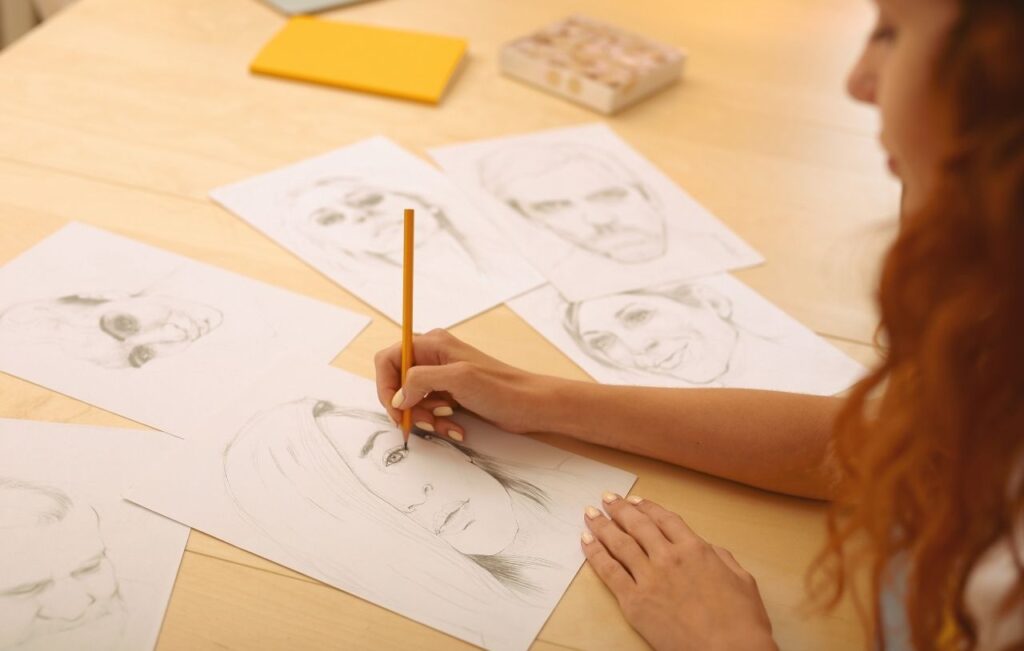
The Rise of AI Art
AI art is not new, but it has gained momentum in recent years. Artists and tech enthusiasts are experimenting with different AI algorithms to create unique and stunning works of art.
One of the most famous examples is the Portrait of Edmond de Belamy, an AI-generated portrait that was sold for $432,500 at Christie’s in 2018. The portrait was created by a Paris-based art collective called Obvious, using a machine learning algorithm.
Another example is the Deep Dream algorithm, created by Google researchers. The algorithm analyzes images and identifies patterns in them. It then enhances those patterns to create surreal and psychedelic images.
AI art is not limited to paintings and images. AI algorithms can also create music, poetry, and even films. The possibilities are endless, and the results are often mind-boggling. This presents many opportunities to make passive income. For example, you can start selling coloring books on Amazon KDP with these 11 EASY AI PROMPTS TO CREATE COLORING PAGES THAT SELL. Or simply SELL AI-GENERATED ART on sites like Etsy.
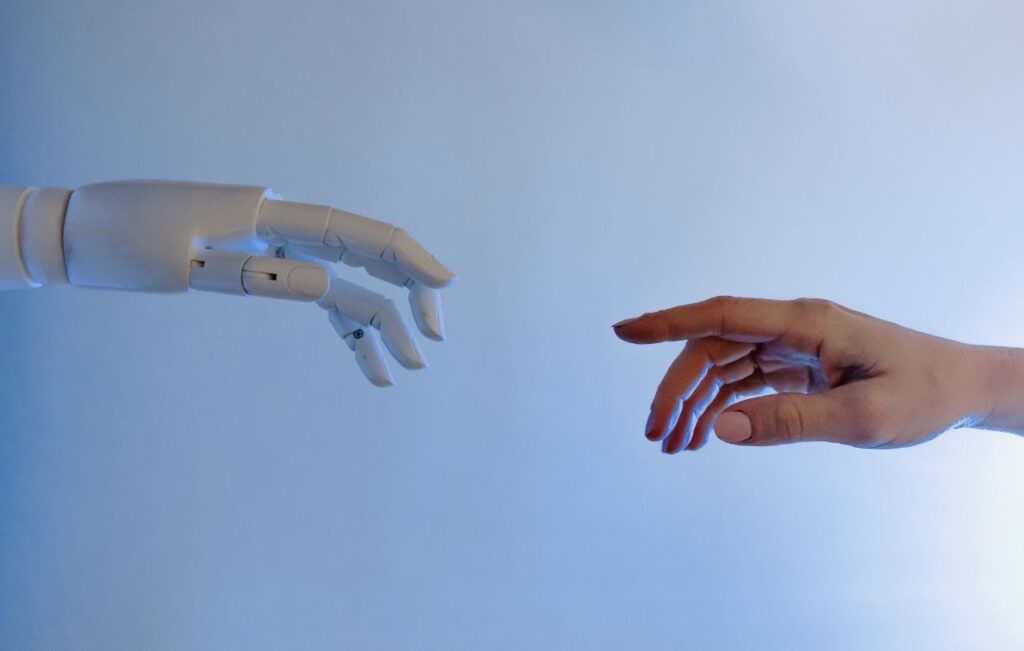
The Advantages of AI Art
AI art has some advantages over traditional art. First, it can create art at a much faster rate than human artists. AI algorithms can churn out thousands of images in a matter of minutes, while it would take a human artist months or even years to create the same number of works.
Second, AI art is not limited by human biases, emotions, or physical limitations. Human artists often have their own biases and emotions that influence their work. AI algorithms, on the other hand, are not influenced by emotions or biases and can create entirely new and unique works of art.
Third, AI art can create art that is impossible for humans to create. For example, the Deep Dream algorithm can identify patterns in images that are not visible to the human eye and enhance them to create entirely new images.
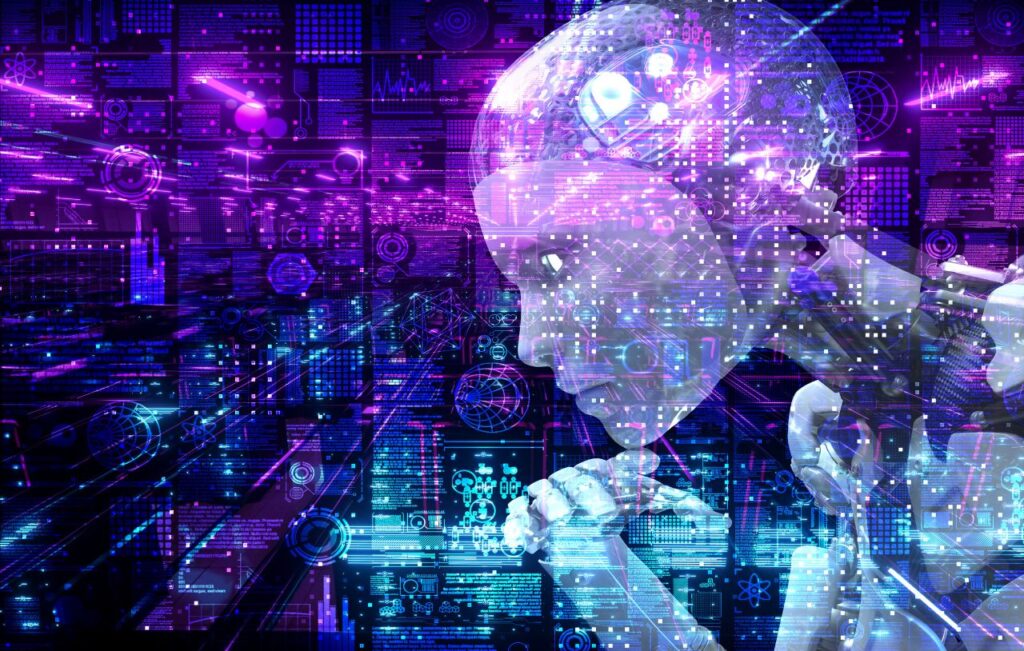
The Limitations of AI Art
Despite its advantages, AI art has some limitations. First, AI algorithms can only create art based on the data sets they are trained on. This means that if an AI algorithm is trained on a data set of classical art, it will create art that is similar to classical art. It cannot create something entirely new that is not based on its training data.
Second, AI art lacks the human touch that is essential to art. Art is not just about the finished product; it is also about the process of creating it. The emotions, thoughts, and experiences of the artist are infused into the artwork, making it unique and personal.
Third, AI art lacks the imperfections that make art human. The small imperfections in a painting, for example, are what make it unique and give it character. AI art is often too perfect, too polished, and lacks the organic imperfections that make art interesting. As such, it is unlikely that AI will be able to fully replace the role of human artists any time soon. Instead, AI should be thought of as just another tool in one’s arsenal.
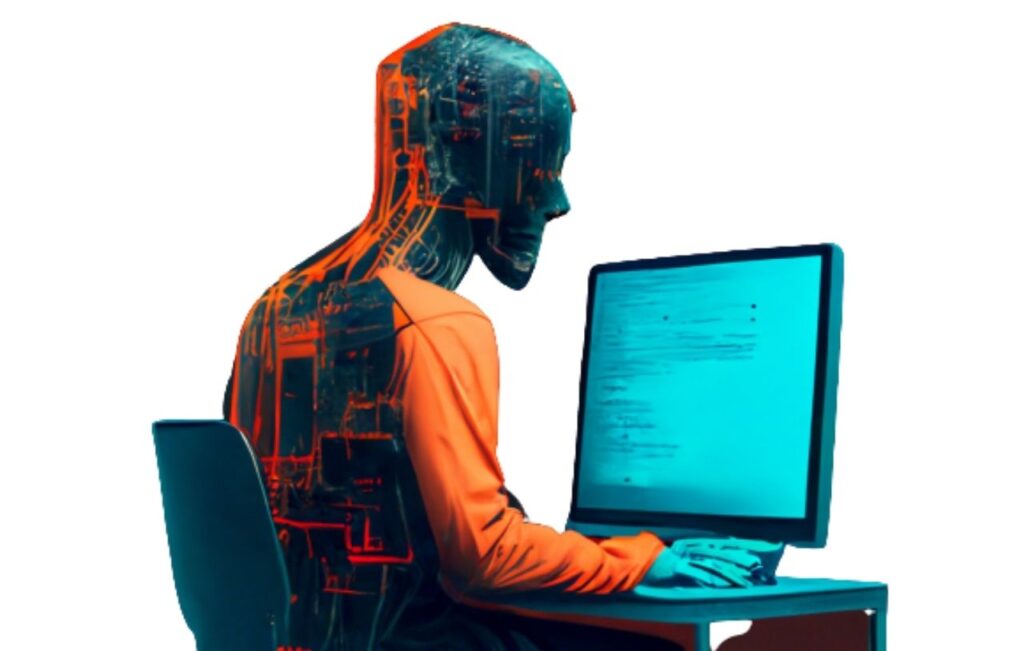
AI: Just Another Tool
AI has the potential to assist artists in their creative process by allowing them to generate new ideas, explore different styles and techniques, and streamline certain tasks. For example, AI can help artists generate digital art or create video effects. People often purchase or use free clip art to streamline these processes from websites like CreativeFabrica.com. Now with AI, they have even more options to choose from.
Clip art and images produced from AI can be used to generate visual content quickly and easily. However, AI has the potential to produce more complex and unique results than clip art. You can also use it to create very specific clip art to suit your product.
You might be thinking… but if AI is creating art based on patterns and data that are already out there, is it ethical to use it for monetary gain? Well, yes. It is generally ethical to use AI to make money, as long as the use of AI is legal and does not harm or exploit others.
If you think about it, many traditional artists borrow their inspiration from somewhere or something they’ve seen before. It’s a similar concept with AI. It is simply inspired from others. The prompt engineer then puts their own spin on the idea, building upon the ever-expanding repertoire of work out in the world.
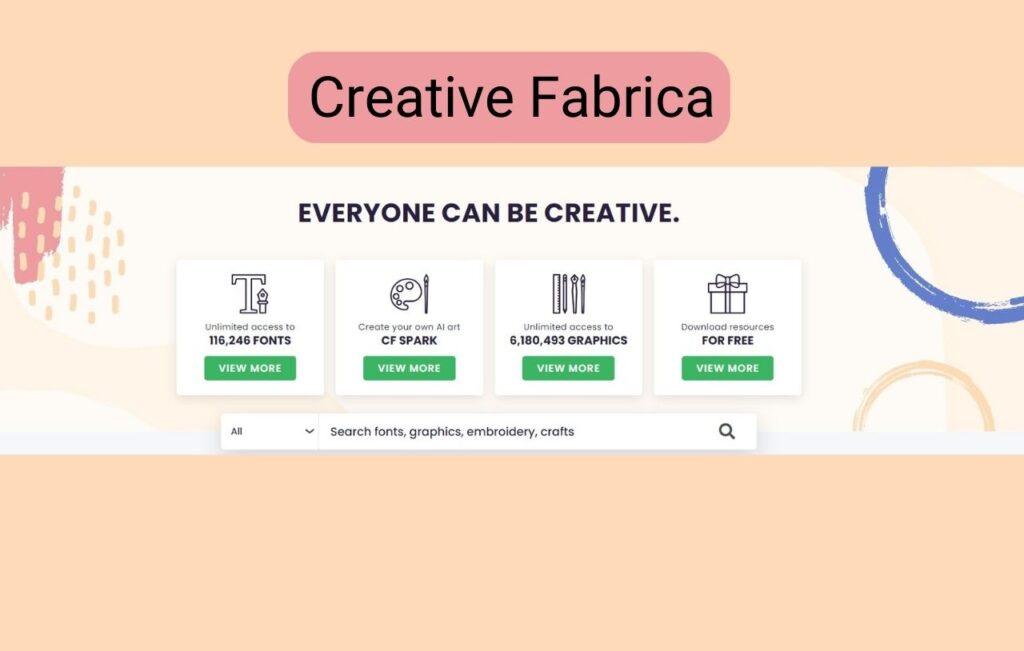
So…Will AI Replace Traditional Artists?
As AI technology becomes even more user-friendly, the barrier to entry will lessen. And AI will become even more prevalent. Will it replace traditional artists? Not a chance. AI art lacks the human touch that is essential to art, and it cannot create something entirely new that is not based on its training.
But one thing is certain, AI is only just getting started and will only evolve. Embracing this new technology can open many doors to traditional artists and non-artists alike. Now is a great time to learn about this fascinating technology and leverage some of the possibilities it creates for earning passive income.


